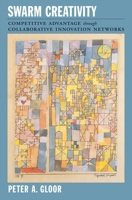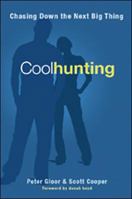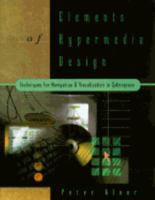Real-Time Modelling and Processing for Communication Systems: Applications and Practices
Select Format
Select Condition 
Book Overview
This book presents cutting-edge work on real-time modelling and processing, a highly active research field in both the research and industrial domains. Going beyond conventional real-time systems, major efforts are required to develop accurate and computational efficient real-time modelling algorithms and design automation tools that reflect the technological advances in high-speed and ultra-low-power transceiver communication architectures based on nanoscale devices.
The book addresses basic and more advanced topics, such as I/O buffer circuits for ensuring reliable chip-to-chip communication, I/O buffer behavioural modelling, multiport empirical models for memory interfaces, compact behavioural modelling for memristive devices, and resource reservation modelling for distributed embedded systems. The respective chapters detail new research findings, new models, algorithms, implementations and simulations of the above-mentioned topics. As such, the book will help both graduatestudents and researchers understand the latest research into real-time modelling and processing.Format:Paperback
Language:English
ISBN:3319891588
ISBN13:9783319891583
Release Date:June 2019
Publisher:Springer
Length:282 Pages
Weight:0.92 lbs.
Dimensions:0.6" x 6.1" x 9.2"
More by Peter A. Gloor
Customer Reviews
5 customer ratings | 5 reviews
There are currently no reviews. Be the first to review this work.


























